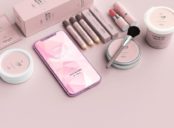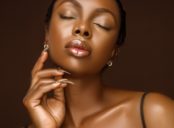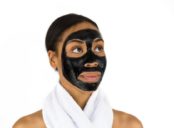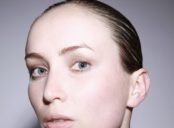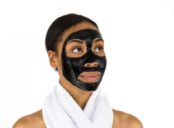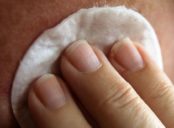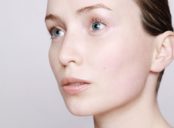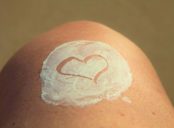Make-up Primer: A Comprehensive Guide for Flawless Results
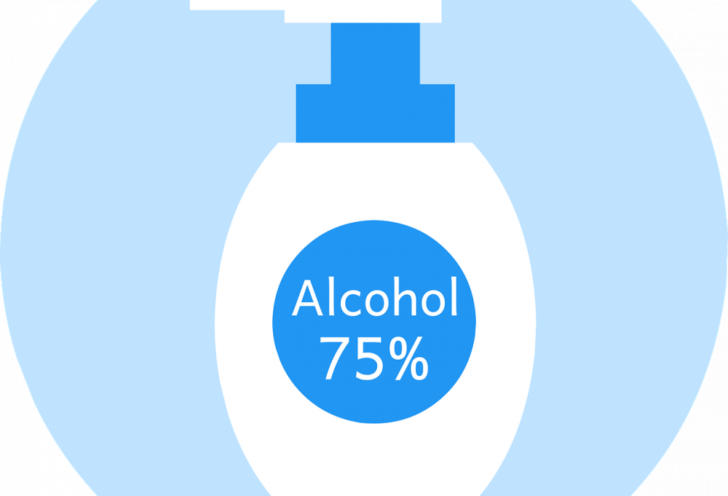
Introduction
When it comes to achieving a flawless makeup look, the secret often lies in the preparation. Enter make-up primer, a beauty product that has revolutionized the way we apply and wear make-up. In this article, we will delve into the world of make-up primers and explore everything you need to know about this essential step in your beauty routine.
What is a Makeup Primer?
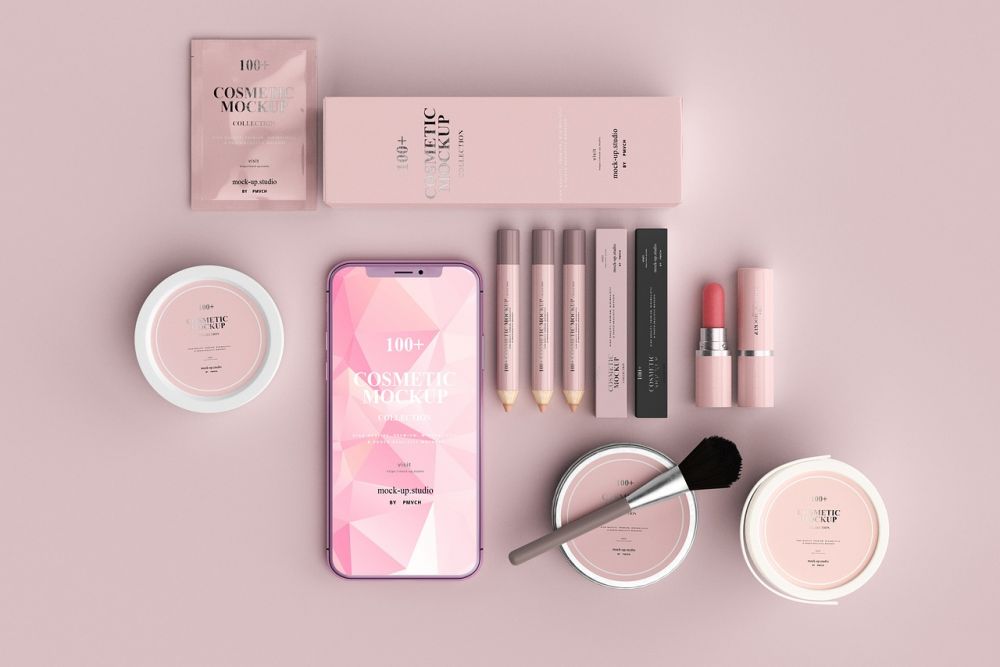
A make-up primer is a cosmetic product that is applied before foundation and other make-up to create a smooth canvas for application. It acts as a base that helps to extend the wear of your make-up, minimize the appearance of pores, and create a flawless finish. Primers come in various forms, such as creams, gels, and powders, catering to different skin types and concerns.
Types of Makeup Primers
There are several types of make-up primers available on the market, each addressing specific skin concerns. Some popular types include:
1. Hydrating Primers: These primers are infused with moisturizing ingredients to hydrate and replenish dry skin, creating a smooth and supple base for make-up application.
2. Pore Minimizing Primers: Ideal for those with larger pores, these primers help to blur the appearance of pores, creating a smoother skin texture.
3. Color Correcting Primers: Color correctors come in various shades to neutralize specific skin concerns, such as redness, dullness, or discoloration.
4. Mattifying Primers: Designed for oily skin types, these primers help to control excess shine and oil throughout the day, providing a matte finish.
Quantitative Measurements of Makeup Primers
To assess the efficacy of make-up primers, various quantitative measurements can be considered. These include:
1. Skin Hydration: Hydrating primers can be assessed by measuring the improvement in skin hydration levels after application.
2. Pore Size: Pore minimizing primers can be evaluated by measuring the reduction in pore size before and after application.
3. Skin Texture: The smoothing effect of make-up primers can be measured by analyzing skin texture using advanced imaging techniques.
Differences Between Makeup Primers
Despite serving a similar purpose, make-up primers differ in their formulations and effects on the skin. Some key differences to note are:
1. Consistency: Primers may vary in consistency, ranging from lightweight gels to creamy textures. This difference affects how easily the product spreads and absorbs into the skin.
2. Active Ingredients: Primers may contain different active ingredients targeting specific concerns, such as hyaluronic acid for hydration or salicylic acid for pore refinement.
3. Finis Primers can leave different finishes on the skin, including matte, illuminating, or dewy, catering to individual preferences.
Historical Overview of Makeup Primers
Make-up primers have a long history dating back to ancient civilizations. In ancient Egypt, both men and women used a mixture of ground gemstones and oils as a precursor to modern-day primers. Over the years, advancements in technology and formulation have led to the development of more sophisticated and effective primers.
Pros and Cons of Different Makeup Primers
While make-up primers offer many benefits, it is essential to weigh the pros and cons before incorporating them into your beauty routine. Some advantages and disadvantages include:
Pros:
– Extends the wear of make-up
– Creates a smooth base for flawless application
– Helps to minimize the appearance of pores and imperfections
– Can enhance the longevity of make-up throughout the day
Cons:
– May not work well with all skin types or foundations
– Some primers can be expensive
– Extra step in the beauty routine, adding time to the application process
[INSERT VIDEO HERE]
Conclusion
Make-up primer is a game-changer in the world of beauty, ensuring a flawless and long-lasting make-up look. With various types and formulations to choose from, it caters to individual skin concerns and preferences. By understanding the differences between primers, their historical significance, and measuring their effectiveness, you can find the perfect primer to elevate your make-up routine to new heights of perfection. So next time you apply your make-up, don’t forget the crucial step of priming for a flawless finish.




